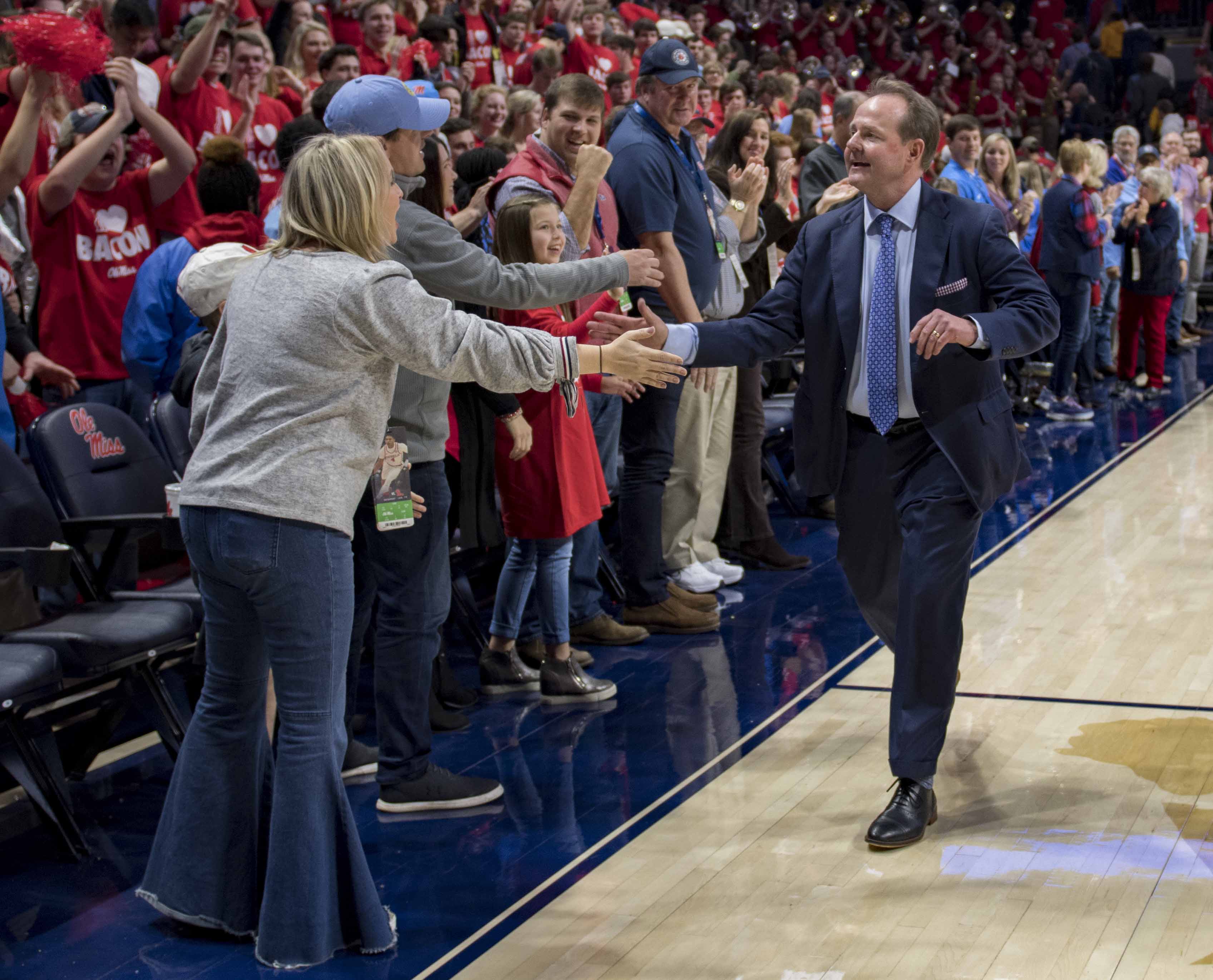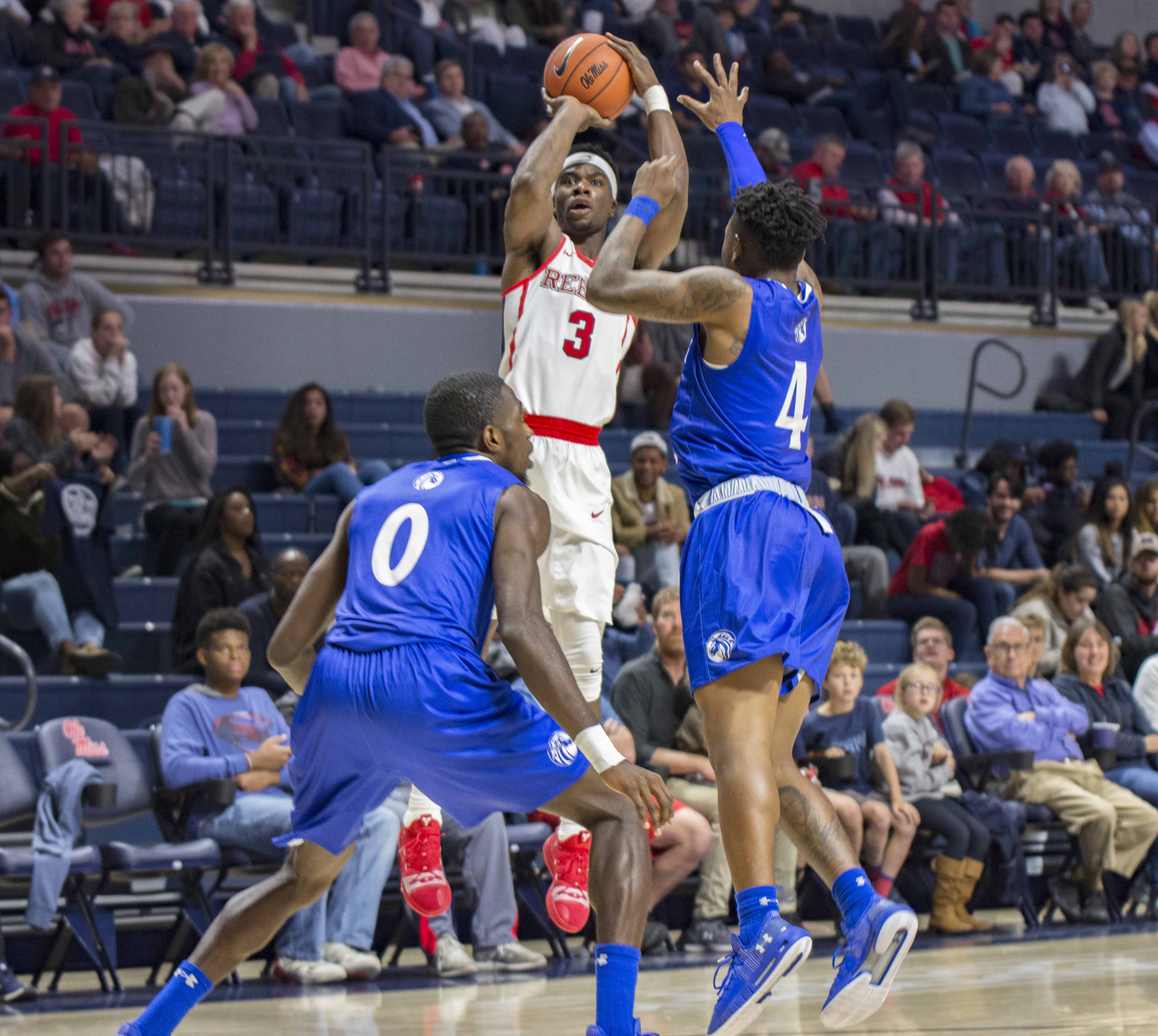It was the first day of the semester, and The Daily Mississippian’s headline simply read: 173 Days. That same day, a cardboard sign appeared at the base of the Confederate statue: 172 Days. It was a moment of surprising coincidence yet unexplained dissonance, like two grandfather clocks programmed to chime at midnight a time zone apart.
But these clocks were charting two different silences. The first, the days since the university learned that three students had posted a photo of themselves armed with assault rifles in front of a bullet-ridden memorial to Emmett Till, a lynching victim who was 14 years old at the time. The second, the days following the unanimous Associated Student Body vote to remove the Confederate statue.
This disjointed countdown revealed a coincidence many had not connected. Purely by chance, and ironically, it was only when emphasizing the university’s inhibition that these echoes could finally be heard. What other patterns of silence exist on our campus?
One is Vardaman Hall. Named after the Mississippi governor who campaigned under the banner: “A Vote for Vardaman is a Vote for White Supremacy,” the building was recommended for renaming by the Chancellor’s Advisory Committee on June 16, 2017. The so-called “white chief” once told a crowd that if “it is necessary every Negro in the state will be lynched; it will be done to maintain white supremacy.” 824 days after the recommendation, Vardaman Hall remains.
The other is the School of Journalism and New Media, whose building features a conspicuous indentation after donor Ed Meek’s name was removed last fall. Following his racist and sexist rant accompanied by photographs of black women students, I joined over 100 signatories in calling for Meek’s name to be replaced with the trailblazing journalist, feminist and anti-lynching crusader from Holly Springsi: Ida B. Wells. The #UpWithIda Twitter campaign also generated support from The New York Times journalist Nikole Hannah-Jones and Wells’ great-granddaughter, Michelle Duster. Then-Chancellor Vitter and the administration responded with silence. 344 days of it.
What does it mean that the university was silent when asked to honor the country’s most famous anti-lynching campaigner in the same year that it was reluctant to hold students accountable for glorifying the country’s most notorious lynching? How might a campus with a building named for Ida B. Wells (or without one named for James Vardaman) respond differently to a photo of armed white men in front of a lynching memorial?
As the clocks tick by their various days – 196, 344, 824 – let us listen when and where the university is silent.
Garrett Felber is an assistant professor of history at the University of Mississippi.















